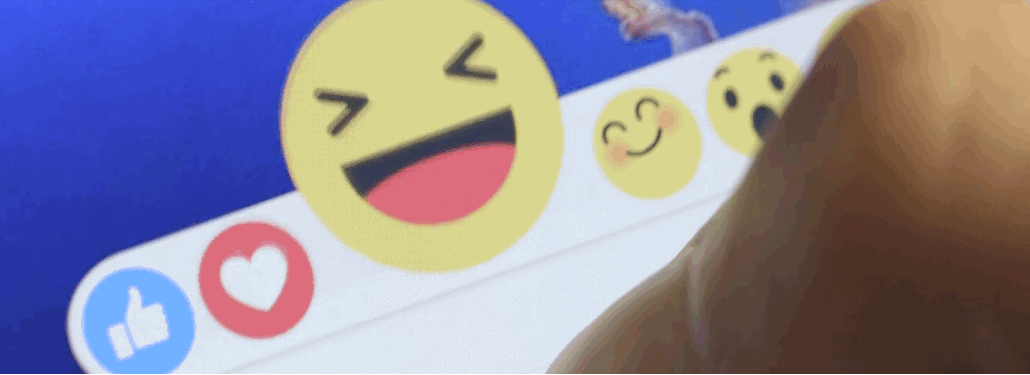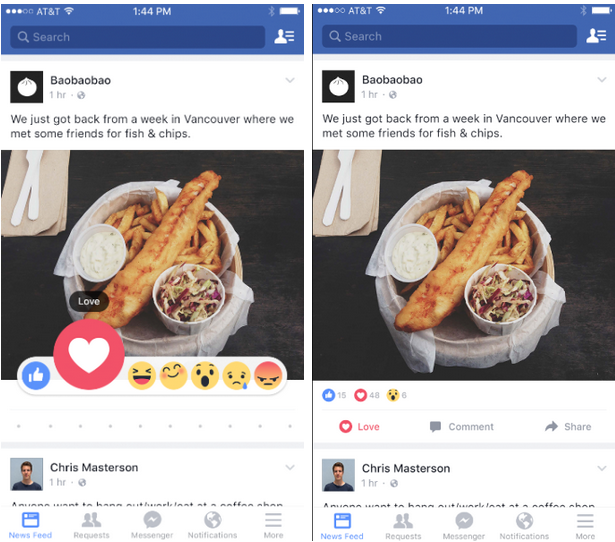Register by Jan 13 to save on passes and connect with marketers from Uber, Bose and more

Facebook’s planned “dislike button” appears to have more than one button.
Launching tomorrow for users in Ireland and Spain, Facebook is rolling out a “Reactions” feature that shows fives faces expressing different emotions, along with a heart to signify love and the iconic thumbs-up button marking a major change from its current single “like” option.
The change comes about a month after Facebook CEO Mark Zuckerberg announced the platform was working on a dislike option, but it wouldn’t be a solely a thumbs-down button.
“I think giving people the power to express more emotions would be powerful, but we need to find out the right way to do it, so that it is a force for good and not bad and demeaning the person out there,” he said last year.
This is what he means. Here’s what they look like:

As seen in these screenshots captured by VentureBeat, the options will be placed where the like button is under statuses and multimedia. People now have the ability to “love” that adorable cute puppy photo or express anger in less than desirable situations.

Reacting with multiple emotions is not new, obviously, with platforms like Path or Slack and publishers such as BuzzFeed and People offering the options. Brand pages will also have the options in its posts, as seen above.
Facebook tends to test new options in smaller countries before launching globally, but it will likely appear for all users by the end of the year.
Facebook did not immediately respond to our request for comment, so we’re giving them a sad face.
Screenshots via Facebook.
More in Media

Future starts to sharpen its AI search visibility playbook
Future is boosting AI search citations and mentions with a tool called Future Optic, and offering the product to branded content clients.

Digiday’s extensive guide to what’s in and out for creators in 2026
With AI-generated content flooding social media platforms, embracing the messiness and imperfection of being human will help creators stand out in the spreading sea of slapdash slop.

Media Briefing: Here’s what media execs are prioritizing in 2026
Media executives enter 2026 weathered by disruption, but refocused on AI revenue, brand strength and video and creator opportunities.





